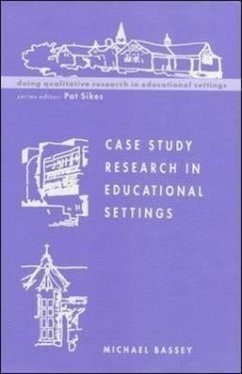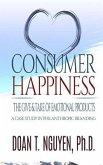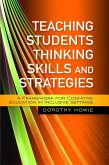This book offers new insights into the case study as a tool of educational research and suggests how it can be a prime research strategy for developing educational theory which illuminates policy and enhances practice. Several different kinds of educational case studies are identified, namely: theory-seeking, theory-testing, story-telling, picture-drawing, and evaluative case study and there are substantial examples of each of these. The book develops the author's recent advocacy of fuzzy generalization. Readers are taken through the various stages in conducting case study research, including a helpful account of data collection and data analysis methods. Each stage is underpinned by the concepts of trustworthiness and respect for persons. Structured, narrative and descriptive approaches to writing case study reports are also discussed and the value of conducting an audit is considered. This will be a valuable text for students undertaking Masters and Doctorates in Education as well as staff in University departments of education and teachers carrying out small scale research projects.








